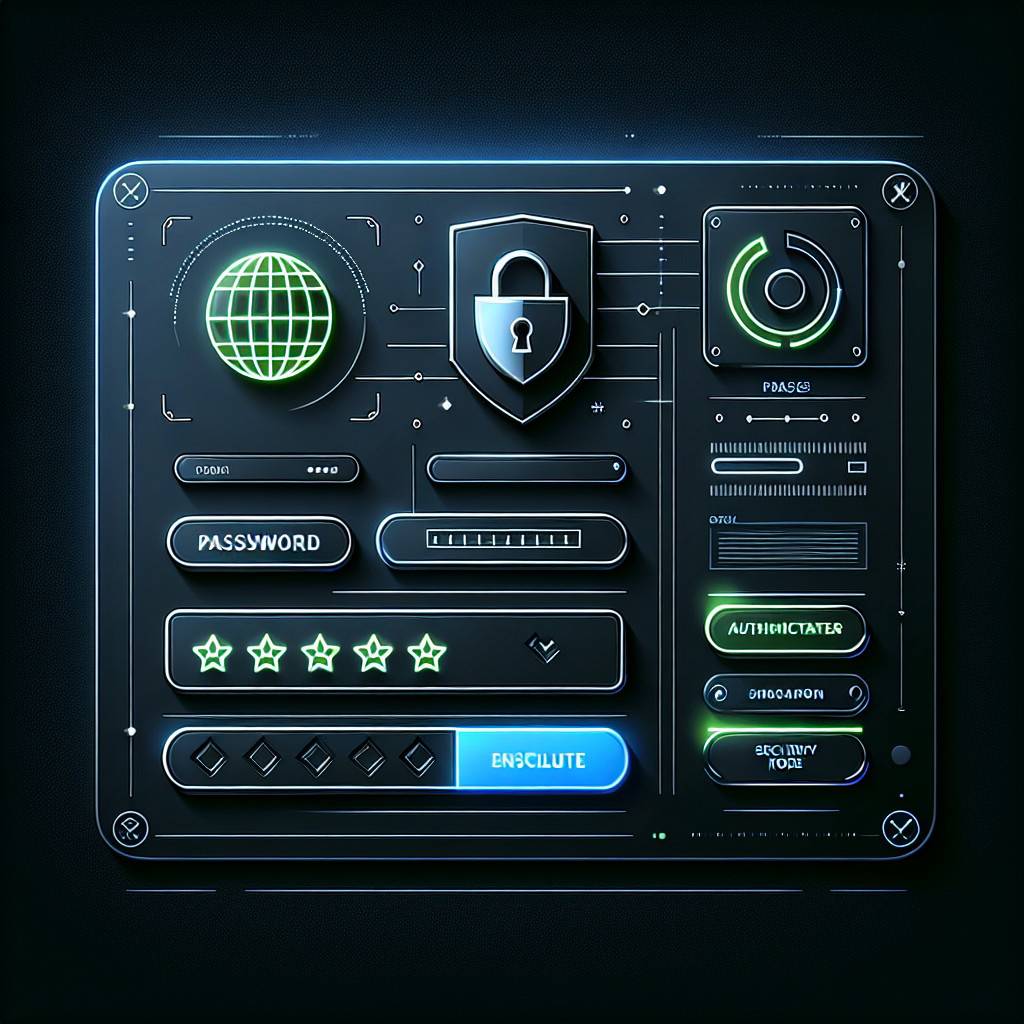
Introduction: Stop Overpaying for Gas on Ethereum
If you’ve ever paid too much to push a simple transfer or a DeFi swap, you’re not alone. Ethereum gas prices swing fast, but a few data-driven habits can keep your costs predictable and low.
The easiest win is learning to read the etherscan gas tracker and acting when the numbers favor you. With smart timing, safe custom settings, and the right fee model knowledge, you’ll avoid sticker shock and reduce failed or stuck transactions.
This guide pairs practical steps with deeper insights—so you can make confident, cost-effective moves whether you’re minting NFTs, swapping tokens, or managing a multisig.
Quick Summary: Read the Gas Tracker and Save in 3 Steps
- Check live fees: Open the Etherscan Gas Tracker to see Base Fee (gwei) and recommended priority tips. Look for the low range if your transaction isn’t urgent. External reference: Etherscan Gas Tracker.
- Time your send: Choose off-peak hours shown in the hourly heatmap or the historical chart. Weekends and late-night UTC often trend cheaper.
- Set custom fees: In your wallet, use EIP-1559 fields: Max Fee and Priority Tip. Start with suggested values, then adjust to your urgency. If it lingers, replace it with a slightly higher Max Fee rather than panic-cranking.
That’s it. Repeat these three steps and you’ll see predictable confirmations and fewer overpays.
Gas 101: Base Fee, Priority Tip, Max Fee — How EIP-1559 Works
Since EIP-1559, each transaction uses a Base Fee that is algorithmically adjusted per block and burned, plus a Priority Tip (aka tip) you pay to validators for inclusion speed. You also set a Max Fee—a ceiling you’re willing to pay, ensuring you never exceed your budget.
- Base Fee: Dynamic, burned, and the same for all transactions in a block.
- Priority Tip: Incentive to get picked faster; small tweaks can cut wait time significantly.
- Max Fee: Your cap. Actual cost = Base Fee + Tip, but never more than your Max Fee.
For a deeper dive, see Ethereum’s documentation on fee mechanics: ethereum.org: Gas and fees.
Using Etherscan Gas Tracker: Live Metrics, History, and Alerts
The etherscan gas tracker aggregates real-time data to help you decide when to send and what to pay. It shows a live base fee, suggested low/average/high tips, and estimated confirmation times.
- Live panel: Current Base Fee (gwei), typical tips, and a quick-read stamp like “Fast” or “Standard.”
- Charts & heatmap: View historical fee trends and hourly patterns. Spot recurring off-peak windows to plan ahead.
- Pending pool view: Gauge congestion by price buckets to understand what fee levels are clearing now.
- Build alerts: Use the Gas Oracle API to power custom notifications in Slack, Telegram, or email via tools like Zapier/IFTTT. Docs: Etherscan Gas Oracle API.
Open it before every transaction. Two minutes of checking often saves more than you expect.
Timing Strategies: Off-Peak Windows, Batching, and L2 Alternatives
Timing is everything. Fees ebb and flow with market activity and liquidations, NFT mints, and airdrops. Use historical heatmaps to identify late-night UTC and weekend dips.
- Off-peak sends: If it’s not urgent, schedule transfers when charts show consistent lows. A small delay can halve your cost.
- Batching: Bundle multiple actions (e.g., approvals or payouts) into fewer on-chain calls when possible. Some dapps and multisigs support safe batching.
- Consider Layer 2: Rollups like Optimistic and zk-based L2s offer much lower fees for the same actions. Learn more about rollups on ethereum.org: Rollups.
When mainnet is hot, moving routine activity to L2 keeps your costs steady without sacrificing security assumptions of rollups.
Custom Gas Safely: Setting Max Fee/Tip, Replacement, and Cancels
Manual control prevents overpaying and helps you recover from congestion. Most wallets let you edit Max Fee and Priority Tip under advanced settings.
- Set Max Fee: Use a cap slightly above current Base Fee + intended tip to avoid sudden spikes consuming your entire ceiling.
- Set Tip: Start with the tracker’s “standard” suggestion. Raise only if speed is critical.
- Replace stuck tx: Resubmit the same nonce with a higher Max Fee/Tip (1559 replacement). This outbids your prior attempt and frees the queue.
- Cancel: Send a 0 ETH transfer to yourself with the same nonce and a higher fee to invalidate the pending tx, if your wallet supports it.
Always double-check network, nonce, and slippage settings to avoid accidental overpayment or failed swaps. For a primer on transaction costs, see Forbes: Ethereum Gas Fees.
Advanced: Mempool Dynamics, Priority, Bundles, and ERC-4337 Considerations
The public mempool holds pending transactions, and validators choose which to include based on effective fee and other policies. When demand spikes, bids cluster—and small tip increases can move you up the queue.
- Mempool behavior: Higher effective fees typically land first. Learn the concept via Wikipedia: Mempool.
- Private order flow & bundles: Some flows bypass the public mempool (e.g., MEV relays/Flashbots) to reduce frontrunning. This can change how your fee competes.
- ERC-4337 (Account Abstraction): Smart wallets can sponsor gas, batch actions, and set advanced policies. Fee logic may involve paymasters and differs from EOAs. See ethereum.org: Account Abstraction.
For everyday users, the takeaway is simple: fee priority rules determine ordering, and specialized routes may affect your final cost and latency.
Conclusion: Make Smart, Predictable Transactions Every Time
You don’t need a trading desk to control fees—just a routine. Check the etherscan gas tracker, wait for a favorable window, and set a sensible Max Fee and tip. Replace or cancel if needed rather than overbidding on the first try.
With these habits, your Ethereum activity becomes smoother, cheaper, and more predictable—so you can focus on outcomes, not overhead.
FAQ: Failed TXs, Stuck TXs, Wallet Settings, and Fee Estimation
- Why did my transaction fail? Usually insufficient gas, slippage issues in a swap, or a state change during confirmation. Check the revert reason on Etherscan and retry with updated parameters.
- What if my tx is stuck? It’s pending with too low an effective fee. Replace it using the same nonce and a higher Max Fee/Tip, or cancel with a 0 ETH self-transfer at a higher fee.
- How do I edit wallet gas settings? Enable advanced or expert mode to access EIP-1559 fields. Set a modest tip and a Max Fee cushion. Save these defaults for recurring actions.
- How can I estimate fees accurately? Use live Base Fee, recent blocks, and the etherscan gas tracker recommendations. For complex dapps, send a small test first to validate gas usage and slippage.
Cross-check fee concepts with broader introductions if you’re new to crypto: Wikipedia: Ethereum.


No Comments